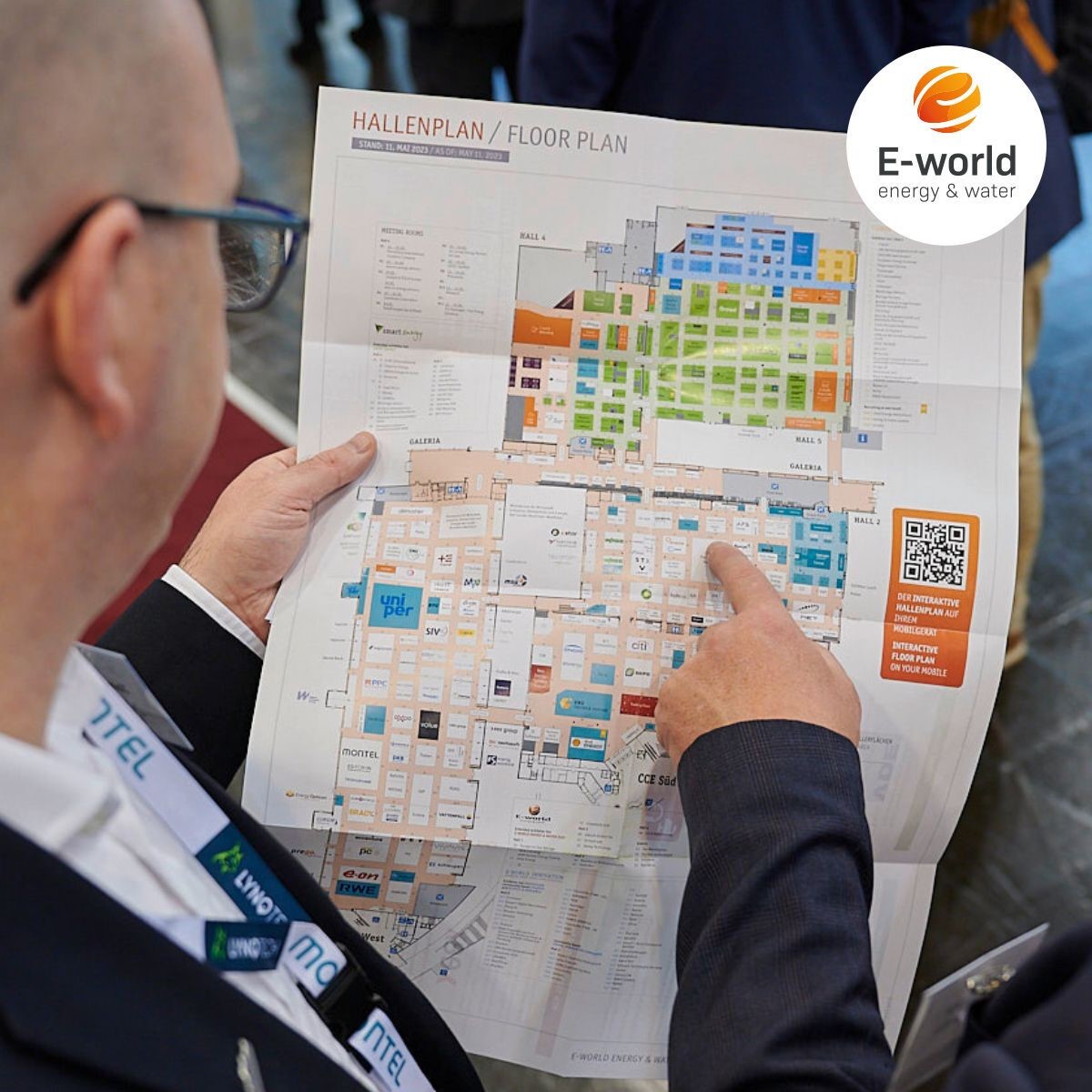
Are you looking to upgrade to the latest and greatest in smart technology? Is your current mobile phone on its last legs? Has it slowed down past the point of frustration? Do your photos look like they should be on Myspace rather than Instagram? Or did you simply drop it into the sea during your last family barbeque?
Whatever the reason, we at Melita are here to help guide you through your selection process. With more options than ever before currently flooding the market, here are seven things you should be thinking about to narrow down your selection and help you make a choice that’s right for you.
Style & Usage
First and foremost – looks. Do you like the way the phone looks to you? In this day and age, a mobile phone is not just about function, it is a fashion and lifestyle statement you take with you everywhere you go. The brand, color, size and finish all determine how appealing a phone can be to you and your unique style. Making these choices is also a way of self-expression!
This also goes hand in hand with usage – do you even need a smartphone to being with? Or will a traditional Nokia 3310 – style GSM phone suit you better? Consider things like build material, durability, robustness, and overall size when carrying it around in your pocket. Will it fit in well with your everyday life?
Price range
Consider the difference in Operating Systems – when the smartphone market first appeared, you could opt for Android, Apple iOS, Windows or blackberry. Now that the market has matured, current choices are either Apple or Android.
Prices for new smart phones can start from just over 100 all the way up to and over 1,000 euro. Your wallet may not keep up with all of your expectations, which is when you should look at letting go of some of the features which aren’t critical to your daily needs or else consider buying a Phone on plan. You could end up saving a ton of money by opting for a postpaid Melita plan which includes a low-cost, sometimes even free upfront cost for your dream phone!
Display
Since the introduction of the smart-phone, screens have continued to get bigger, brighter and with relative display resolutions that rival the quality found in most cinemas!
Despite this trend, you need to define what works best for you. With modern bezel less designs, many a time the size of the screen is what defines the size of the entire device.
Are you an avid gamer who needs the biggest and sharpest display possible? Or do you work in a manual labour job, where you’d prefer ruggedness, portability and a more compact form factor over screen real estate? If you spend the bulk of your day in the bright sunlight, screen brightness might be something to consider.
Battery Life
The one gripe many people have about modern smartphones many a time is battery life. Before smartphones, mobile phones like the legendary Nokia 3310 would last several days on a single charge.
As battery technology has improved, so too has the device performance, which in turn puts added strain on the battery. Most phones nowadays barely get through a full day with a single charge. Keep in mind however, that what you are holding in the palm of your hand has more processing power than a flagship performance desktop computer had just 10-15 years ago!
Look into what your needs will be in terms of battery life. If you don’t have regular access to power outlets, USB ports or battery banks, then this should be on your list. Normally the higher the MaH rating on a battery, the better its capacity is. However, the size and brightness of display, internal processor consumption and use of advanced technology like GPS and mobile data all have a substantial impact on day to day battery life.
Hardware
Apart from the camera, smart phones rely on a whole host of internal hardware to bring you the best experience possible. Chief among these components are Internal Storage, Processor and RAM.
If you have experienced a phone that lags and stutters or that keeps crashing when you need it most, you know what a frustrating experience this can be. Imagine going to take an important photo only to be greeted with a “memory full” notification. Many phones today have huge amounts of built in storage, from 8gb all the way up to 512gb, with most mid-range phones in the 16gb to 64gb categories. Obviously with internal storage it’s always a game of “the more the better”. However, do keep an eye out for phones which have expandable memory through use of a removable micro SD card, as not all smartphones come with this feature that you may find handy.
When it comes to processor and RAM – these two components work hand in hand to deliver the overall speed of your device. If you want to play graphics-heavy games on your device, do a lot of multi-tasking, or simply want to future-proof your device for OS updates down the line, then it could be a worthwhile investment to get a device with good performance figures. Bear in mind, that just because a phone is “brand new” from the showroom, it doesn’t mean that it is equipped with the latest internals and could end up being obsolete quicker than you expect.
Camera(s)
One of the hottest features of any smartphone is their ability to take quality pictures and video. The technology in this arena has exploded in recent years and new innovations are hitting the market on what seems like a daily basis. With the rise of social media and instant sharing, many people buy a smart phone on the merits of its camera’s quality.
There are some features on cameras that are universal to all devices, and these are the ones you should be looking for to find the best possible camera:
- Aperture – the wider the better. Wide aperture enables users to shoot in low light as well as giving a pleasing “natural” background blue to your images. This determined by the f-stop rating. Higher end cameras have very bright apertures such as f1.4 and f1.8, lower end cameras normally start around f2.8.
- Optical Image Stabilization (OIS) enables you take blur-free photos and videos when shooting handheld
- Megapixel count – although megapixels are not everything, they determine the size and amount of detail in each photo taken, so in general, the more the merrier!
- Lenses and zoom – phone makers are shifting away from using digital zoom and instead are focusing on having multiple cameras in the phone – these vary from ultrawide (landscape) through wide and to telephoto. Multiple configurations give different results.
All the above is also applicable to the front facing selfie camera, so if that’s important to you, take note!
If you’re also a video buff – check out features such as 4k capability and slow-motion shooting! These could really spice up your shots!
Brand
Not quite as important as the rest of the points on our list, however do consider the brand that you are purchasing as this will reflect the operating system used, quality of the device, reputation, compatibility and after sales service.
We at Melita not only stock a vast array of the latest and greatest phones, but are also in a position to offer you the best advice according to your needs. Pop into one of our outlets or check out our great range of mobile phones and offers!






